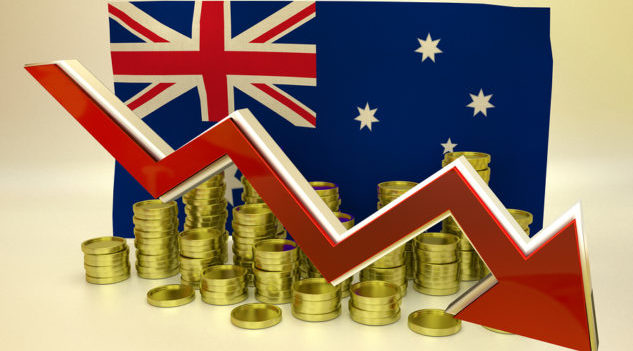The Australian dollar lost ground for most of 2019 and remains at risk in 2020 from global and local headwinds. As the New Year kicks off, business owners would be wise to brace for further downside in the short term and plan for an inevitable rebound in the longer term.
During 2019, the Australian dollar fell from a high of US$0.7271 in February to a low of US$0.6712 in September. The currency has regained some ground in recent months. However, a range of macroeconomic and geopolitical concerns continue to represent potential headwinds, including a weakening outlook for the global and domestic economies, the trade dispute between the US and China, and the UK’s impending exit from the European Union.
Housing recovery an emerging tailwind
While the Australian dollar could well resume its negative trend and fall as far as US$0.6500 over the next few months, there are reasons to be more optimistic about the currency’s performance later in the year.
A key reason is the nascent recovery we are seeing in Australian housing prices. After a steep decline over the past two years, the Australian Bureau of Statistics’ recent Property Price Index showed residential prices in capital cities rising on a quarterly basis for the first time since 2017.
Continued momentum in house prices has the potential to boost industries such as construction, building materials, and home fittings out of the doldrums, providing much-needed support for the economy and driving a rebound in the Australian dollar. Under these circumstances, the currency could close out 2020 above US$0.70000.
Risks from global economy
Perhaps the biggest downside risk to this scenario is a worse-than-expected downturn in the global economy. The inversion of the yield curve has heightened speculation that the world could be headed for recession, as the last three recessions have occurred following a similar pattern.
However, it’s more likely we will see a continued gradual downturn in the economy rather than a major crisis. The slowing in the economy we are currently seeing is very different to that of the late 2000s recession. Whereas that recession was caused by a crisis in financial markets, this slowdown is being driven by industry – declining manufacturing in China and the US, a loss of construction jobs, etcetera – which suggests any recession will be shorter and less severe.
Managing your currency risks
Despite the rebound in the currency, this is not a time to be complacent given the downside risks that currently exist. At the same time, it is important to prepare for a rebound, so as not to get caught out when the turnaround comes.
For importers, having a currency hedging strategy in place can prepare for a move lower in the coming year, however, it’s also a good time to consider building in some optionality to allow for a future rebound.
Taking advantage of low volatility
Exporters, many of whom are well ahead of budget this year, might consider becoming more aggressive with their hedging policy by taking a lot more optionality, which will assist if the downtrend in the currency continues.
One thing to consider is that a lack of volatility in the market helps to reduce hedging costs. If the global economy does tip into recession next year, hedging with optionality will become much more expensive.
Consult an expert
Of course, currency markets are full of risks and opportunities for trading SMEs. We recommend consulting with a foreign exchange provider throughout the year who understands your industry and can provide relevant currency market insights and analysis, as well as gauge what market shocks may be around the corner.
James Swerling, senior dealer, fund and institutional sales, AFEX












